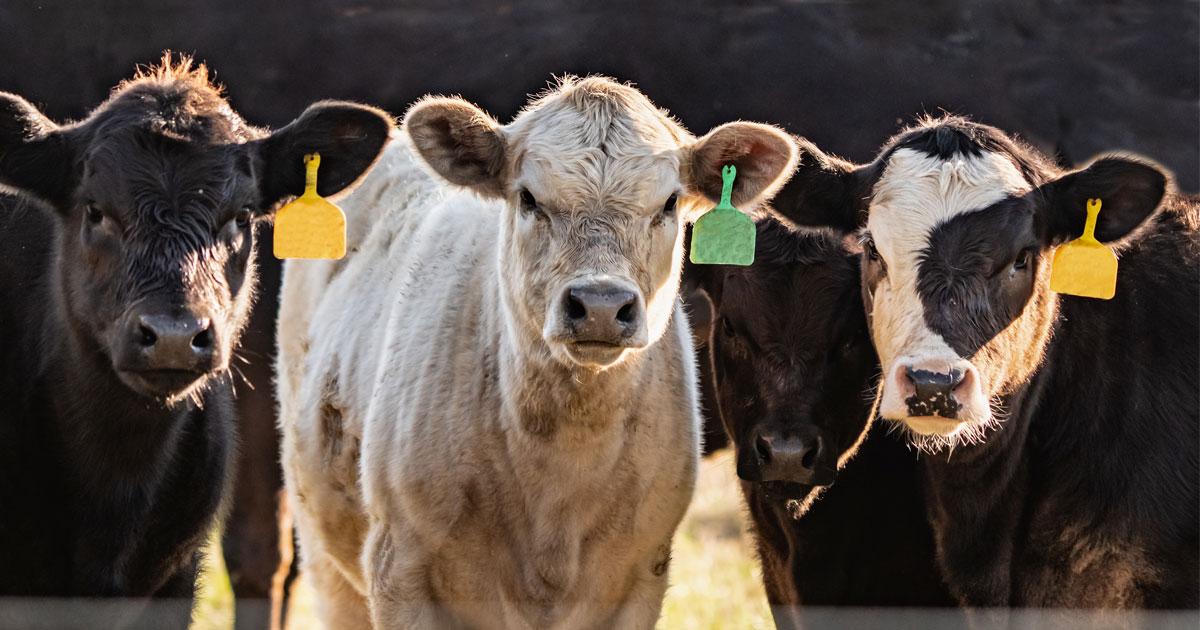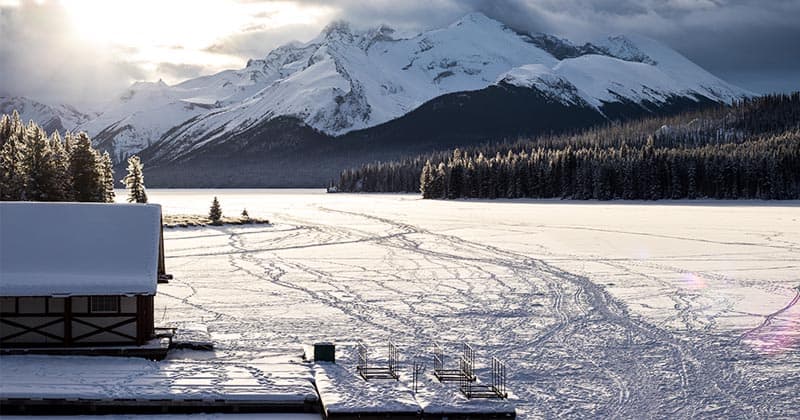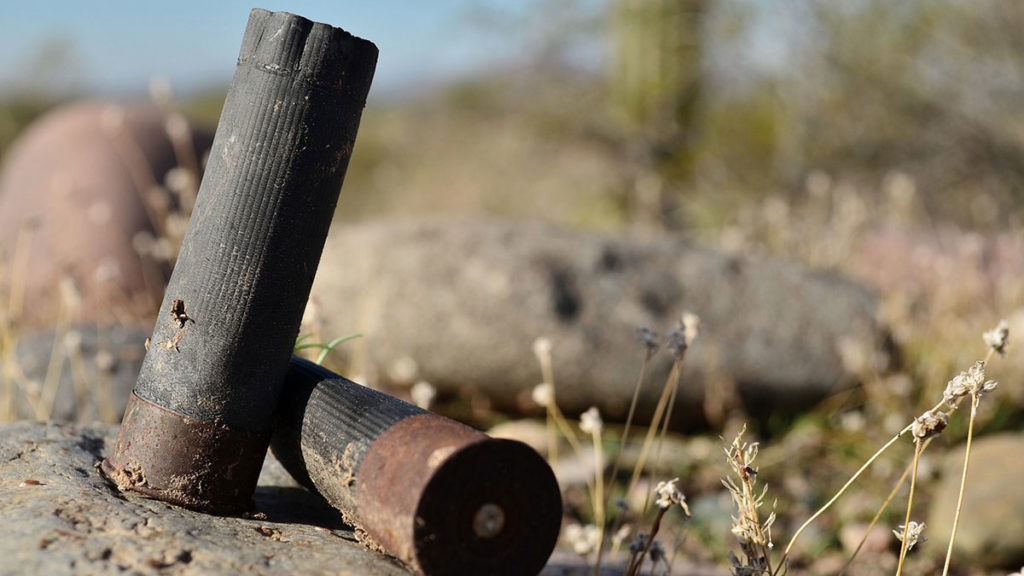This post may contain affiliate links.* Click here to read our affiliate policy.
Estimated reading time: 8 minutes
Food inflation is rising. Are you prepared to handle the increasing food prices? According to the USDA, food inflation for 2021 is already at 2.1 percent for at-home food, and restaurant food has risen 3.3 percent (find the details here). However, those numbers are expected to rise a lot more as supply chains are disrupted and understaffed labor force.
The average cost of groceries for a single adult for one month is around $67. However, lifestyle, eating out, and the types of foods you eat can all affect how much your food actually costs. Can you afford to feed your family now? What about next year when the cost of food has increased even more?
These statistics simply say that the cost of food is going up and will continue to go up. And with recent historical events, it can be hard to find the foods we like. So how can we stay ahead of food inflation?
In this article, we’ll talk about how you can mitigate the rising costs of food. While one way to avoid paying more for food is to stockpile it, there are many additional ways to continue to eat well at a reasonable price. We’ll talk about how to shop the sales, plan your meals, cook from scratch, avoid food waste, and even grow your own food. But, first, we’ll take a look at how sale shopping can help you save money on groceries.
Want to save this post for later? Click Here to Pin It On Pinterest!
Shop Sales
Shopping sales at the grocery store is a great way to save money on food. However, most grocery stores will have ‘loss leaders.’ These are a few low-priced groceries that are heavily advertised to get you to shop in their store with the expectation that you’ll also buy plenty of full-priced food while you are there. These loss leaders change from week to week.
One way to really save money is only to shop the things that are on sale and stock up. For example, if chicken breasts are on sale the first week of the month, stock up on the number of chicken breasts you’ll need for the next 4 to 6 weeks until they are on sale again. Then, separate the breasts into usable sizes and freeze them until you need them.
Different stores usually have different loss leaders each week, so if you have the time, you can purchase other items at different stores, so you really save. If you are very organized, you can create a price point book to keep track of all the best. Find directions to create your own here.
Use Unit Price to Find the Best Deal
When you look at grocery store price…





 20th century example of a machine-made double-gun. Sadly, today, they’re all built offshore. This one came from Russia.
20th century example of a machine-made double-gun. Sadly, today, they’re all built offshore. This one came from Russia.  A basic H&R break-barrel single-shot. The small tab behind its hammer will unlock the barrel for easy loading or unloading. Although no longer produced, most gun shops have at least one reasonably-priced example lurking in a “used” rack.
A basic H&R break-barrel single-shot. The small tab behind its hammer will unlock the barrel for easy loading or unloading. Although no longer produced, most gun shops have at least one reasonably-priced example lurking in a “used” rack.